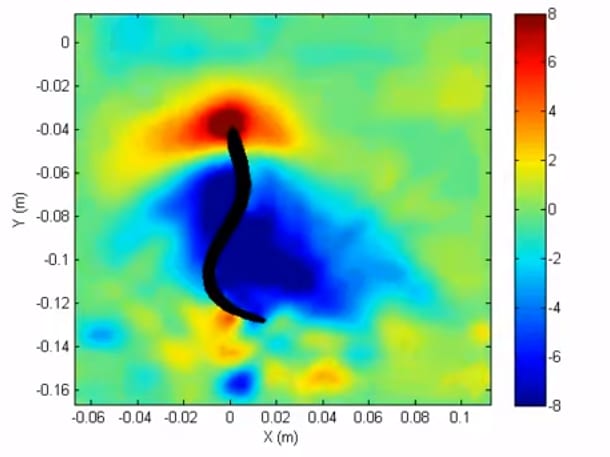tb2944
Aerospace
- Sep 29, 2016
- 5
I'd be interested in how your companies approach requirements change management. That is, proper control of iterative changes during development, eg, in response to test failures. I'm interested in:
• Option appraisal
• Governance of decision (particularly between different teams)
• Control of secondary risks
We're trying to develop a simple flow chart to improve our own process. In particular, to prevent teams making changes in one area which adversely affect a different area, introduce new risks, or affect regulatory compliance.
Any good requirements management software you use for this task?
Grateful if you could briefly list the steps you follow in your process.
• Option appraisal
• Governance of decision (particularly between different teams)
• Control of secondary risks
We're trying to develop a simple flow chart to improve our own process. In particular, to prevent teams making changes in one area which adversely affect a different area, introduce new risks, or affect regulatory compliance.
Any good requirements management software you use for this task?
Grateful if you could briefly list the steps you follow in your process.




